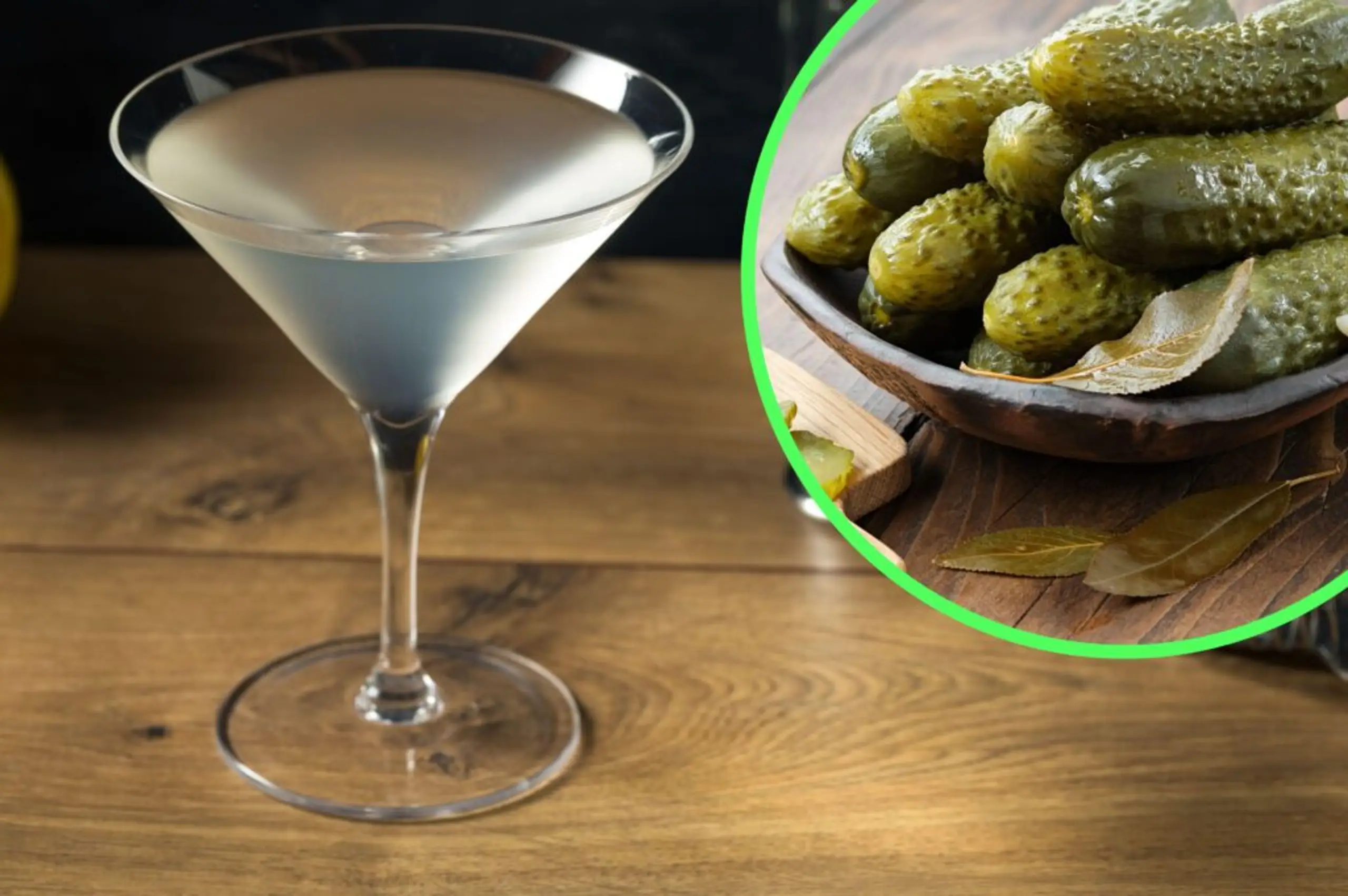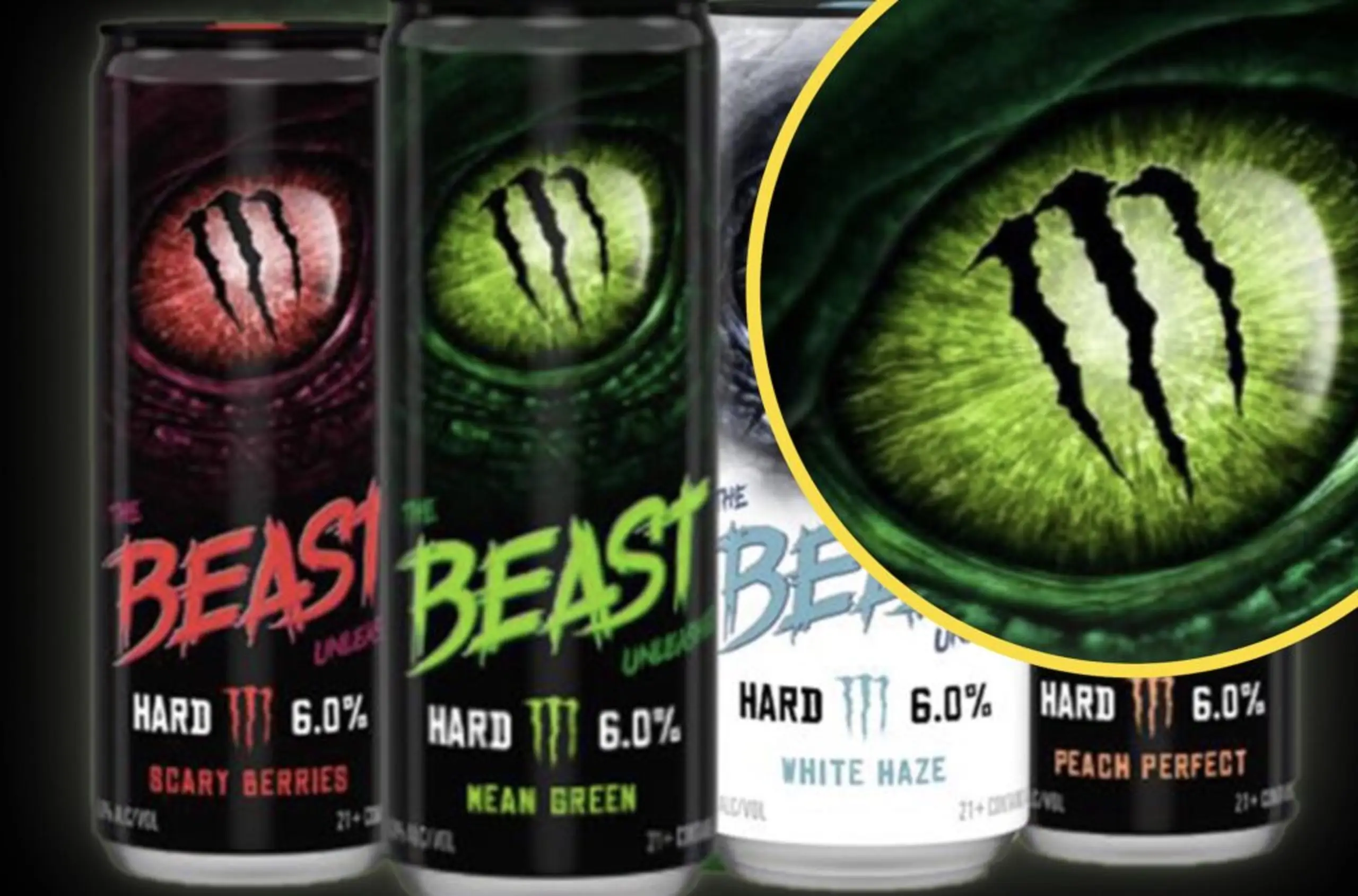Uncategorised
This is the bizarre reason that people put frogs in their milk
22 May 2018
3m
There are few kitchen experiences more exhilarating than the test to see if your milk has gone off.
The first few seconds before you realise whether all is well or you need to throw up are just as tense as any attempt to make a soufflé or blind bake a pastry. Of course, thanks to fridges and proper bottle tops, it’s become a whole lot easier to tell what’s good to drink. However, in the absence of the nifty tools we’ve come to take for granted, there is a slightly more unorthodox way to help keep your milk tasting fresh.
 Credit: Coffee with the Hermit
Credit: Coffee with the Hermit
According to Russian and Finnish folklore, the only way to ensure that your dairy doesn’t turn sour is to put a live frog in it. Legend tells that this was a common practise among peasants who needed to think outside the box when it came to food preservation. It’s certainly tough to think of anything more outside the box than solving a problem with Kermit.
Few scholars agree on where exactly this belief first came from. There are several froggy narratives in Russian folklore which seem to involve milk to a suspiciously large degree. Some cite the story of the magical “Grandma Hopping Frog”, who needed to be carried around in a milk jug from river to river because she was so old. Others have suggested that the association between amphibians and cold clamminess may have been enough to convince people that the creatures could somehow protect the milk with their natural body temperature.
 Credit: Defenders of Wildlife
Credit: Defenders of Wildlife
It would be easy to dismiss the beliefs of desperately cold, dairy deprived peasants out of hand. However, recent revelations from the scientific community have shown that there may actually be method in the milky madness. In 2010, a team of scientists from Saudi Arabia revealed that they had found over 100 antibiotic samples, known as peptides, in frog skin samples from around the world. These peptides were shown to be a highly effective shield against naturally occurring environmental bacteria, helping to protect frogs in potentially polluted wild waterways.
A 2012 Russian study went one step further. Looking specifically at the European common frog, on account of the fact that this would have been the species that Russians and Finns were happily submerging in milk bottles, the team revealed that the species had a whopping 97 different naturally occurring peptides, some of which were more effective antibacterial agents than modern medicinal alternatives. The findings of the study were definitive proof that putting live frogs in milk was indeed an effective way of preventing the bacteria that causes milk to spoil from growing.
 Credit: Freshwater Habitats Trust
Credit: Freshwater Habitats Trust
However, despite the astonishing results of the study, scientists were quick to point out that we shouldn’t start hurling tadpoles at the milkman. Though there are many species that produce incredibly useful antibacterial peptides, others secrete potentially dangerous toxins in order to ward off predators. This means that, if a peasant got his frogs mixed up, he could well end up accidentally poisoning himself and his family. As if we didn’t know already, you can never be too careful with nature.
For most of us, the idea of drinking something that’s had a frog bathing in it for any period of time is a bridge too far. But, as the wisdom of the Russian peasants proves, if our need is dire, nature has a few cunning ways of assisting with self-preservation. Just because it seems disgusting doesn’t mean that it’s a terrible idea.



